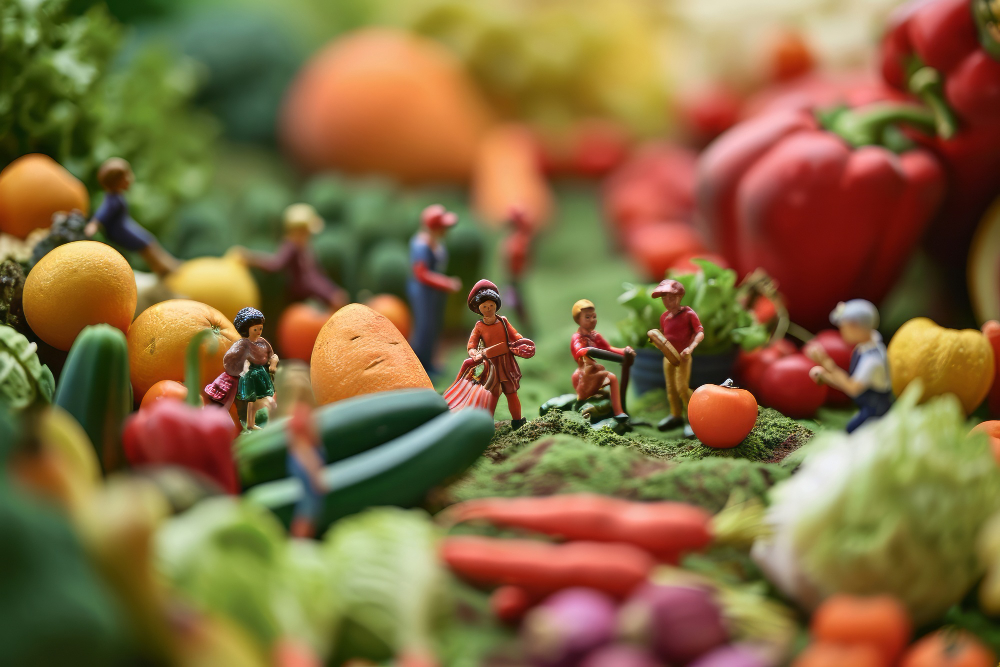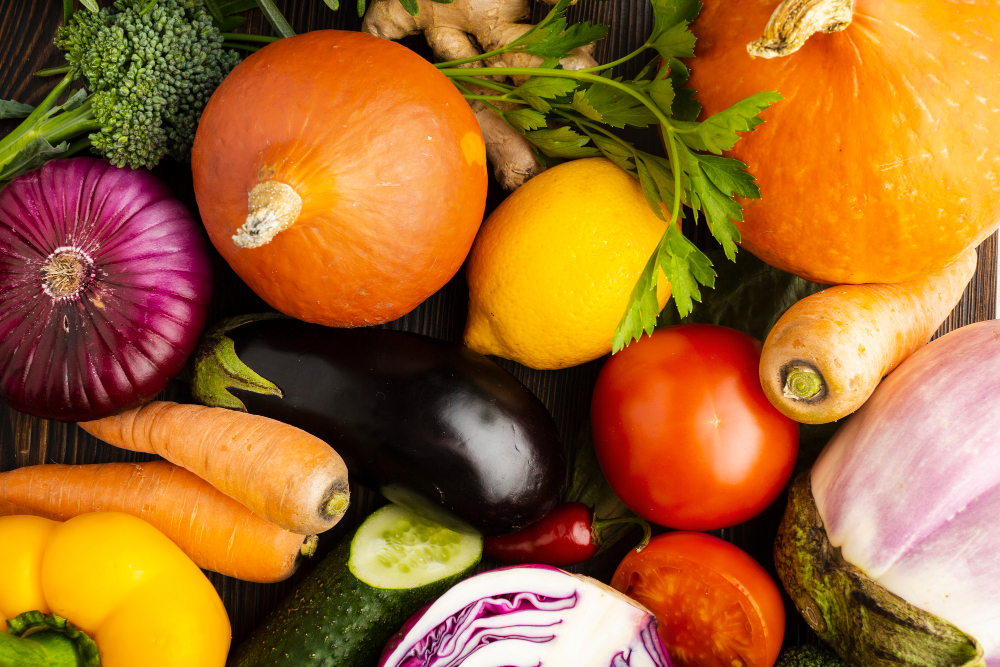Starting to get an itch in your green thumb and looking to care for a veggie patch? Well, look no further!
Whether you have a sprawling backyard or a compact urban space, this guide will help you kickstart your gardening journey in the inconsistent climate of Australia.
Cross Utilities Off Your List
Get connectedPlanning Your Vegetable Garden
Choosing where your veggie garden goes is key to healthy produce, so be sure to select a sunny spot that receives at least six hours of sunlight per day. If you’re limited in space, consider vertical gardening or using pots and containers.
Aussie soil can vary greatly, so testing your soil’s pH level is pretty important. Most vegetables prefer a slightly acidic to neutral pH (6.0-7.0). You can improve soil quality by adding organic matter like compost or well-rotted manure to your DIY veggie bed.
Australia’s climate ranges from tropical in sunny Brisbane to temperate in chilly Melbourne. Choose vegetables that are well-suited to your region’s climate. For example:
- Tropical and Subtropical (e.g., Queensland): Grow tomatoes, beans, cucumbers, and eggplants.
- Temperate (e.g., NSW, Victoria): Grow leafy greens, carrots, broccoli, and peas.
- Cool and Alpine (e.g., Tasmania): Grow root vegetables like potatoes, and hardy greens like spinach and kale.

Lastly, plan your garden layout to make the most efficient use of space. For example, raised garden beds are excellent for small areas and provide better drainage. Companion planting can enhance growth and deter pests (planting basil near tomatoes will improve flavour and repel nasty insects).
Need to move some plants?
If you’re moving house soon and need some help preparing your green goods for the travel, check out our article below on moving house with plants!
Selecting Vegetables
Every great farmer or veggie-planting enthusiast will follow a seasonal planting guide to ensure their vegetables grow at their optimal time. Here are some general guidelines:
- Spring (September-November): Plant tomatoes, cucumbers, broad beans, zucchini, and squash.
- Summer (December-February): Grow corn, capsicums, chives, eggplants, and melons.
- Autumn (March-May): Plant carrots, beetroot, spinach, radish, and kale.
- Winter (June-August): Grow broccoli, cauliflower, peas, and garlic.
You’ll also need to decide whether to start from seeds or seedlings. Seeds are cheaper and offer more variety, but seedlings provide a head start and are easier for beginners. Consider popular seed suppliers like Diggers Club and Eden Seeds, or you can opt for your local Bunnings gardening section.

Planting and Maintenance
Whether you decide to start with vegetable seeds or seedlings will determine how you plant your organic materials.
If you’re planting seeds, follow the instructions on the seed packet regarding depth and spacing. Keep the soil moist until the seeds germinate. If you’ve opted for seedlings, plant them at the same depth they were in their pots.
Consistent watering is crucial for both options, as most veggies need about 25-30mm of water per week. Water early in the morning as that will help reduce evaporation and disease. Drip irrigation systems can also save water and ensure even moisture distribution!
Mulch helps retain soil moisture, suppress weeds, and regulate soil temperature. Use organic mulches like straw, sugar cane mulch, or compost. Applying a 5-7cm layer around your plants will ensure you avoid direct contact with stems.
Next, feed your plants with organic fertilisers such as compost, seaweed extract, or blood and bone. Fertilise during planting and then regularly during the growing season according to the needs of the plants.
Lastly, regularly inspect your garden for pests and diseases. Be sure to use organic methods for pest control, such as neem oil, insecticidal soap, or companion planting with pest-repelling plants like marigolds. For diseases, remove affected leaves or plants to prevent spread and ensure good air circulation.

Harvesting
Now that your maintenance is done, it’s time to reap your reward! Harvest vegetables at their peak for the best flavour and nutritional value, and refer to seed packets or plant labels for maturity times.
Use clean, sharp garden tools to harvest to prevent damage to plants. For leafy greens like coriander and silverbeet, cut the outer leaves so the plant can continue growing. Root vegetables, like spring onion, should be gently pulled or dug out.

Gardening Tips for Success
With everything set and done, there’s always room for improvement. A couple of handy tips and tricks to keep in mind are:
- Begin with a manageable garden size and expand as you gain experience.
- Track planting dates, varieties, and outcomes to refine your gardening practices.
- Join local gardening clubs, attend workshops, and connect with other gardeners to share knowledge and tips.
Cross Utilities Off Your List
Get connectedBy following this guide, you’ll be well on your way to enjoying fresh, home-grown veggies straight from your Australian garden. Happy gardening!



 Justyn Harrison
Justyn Harrison 






